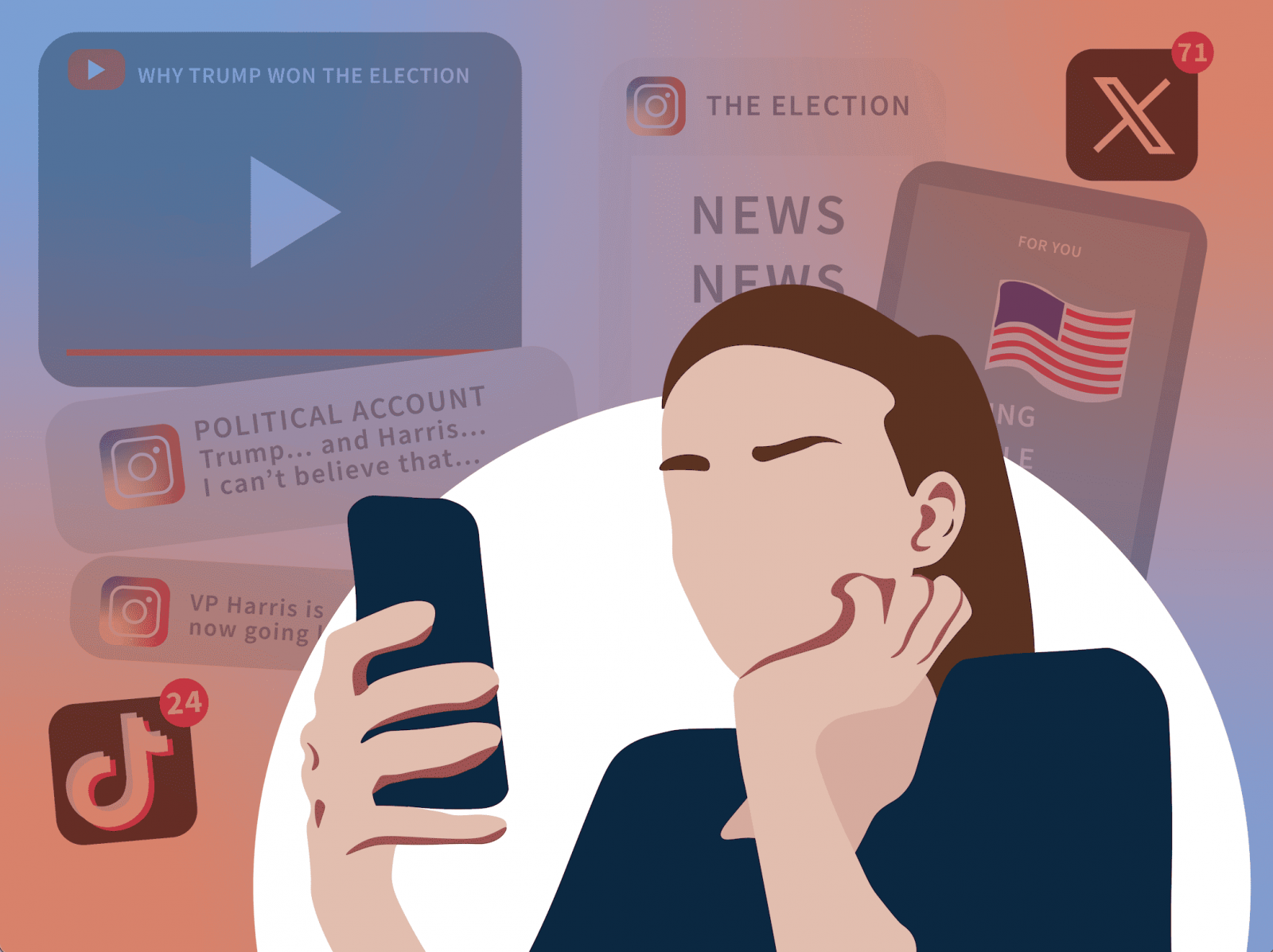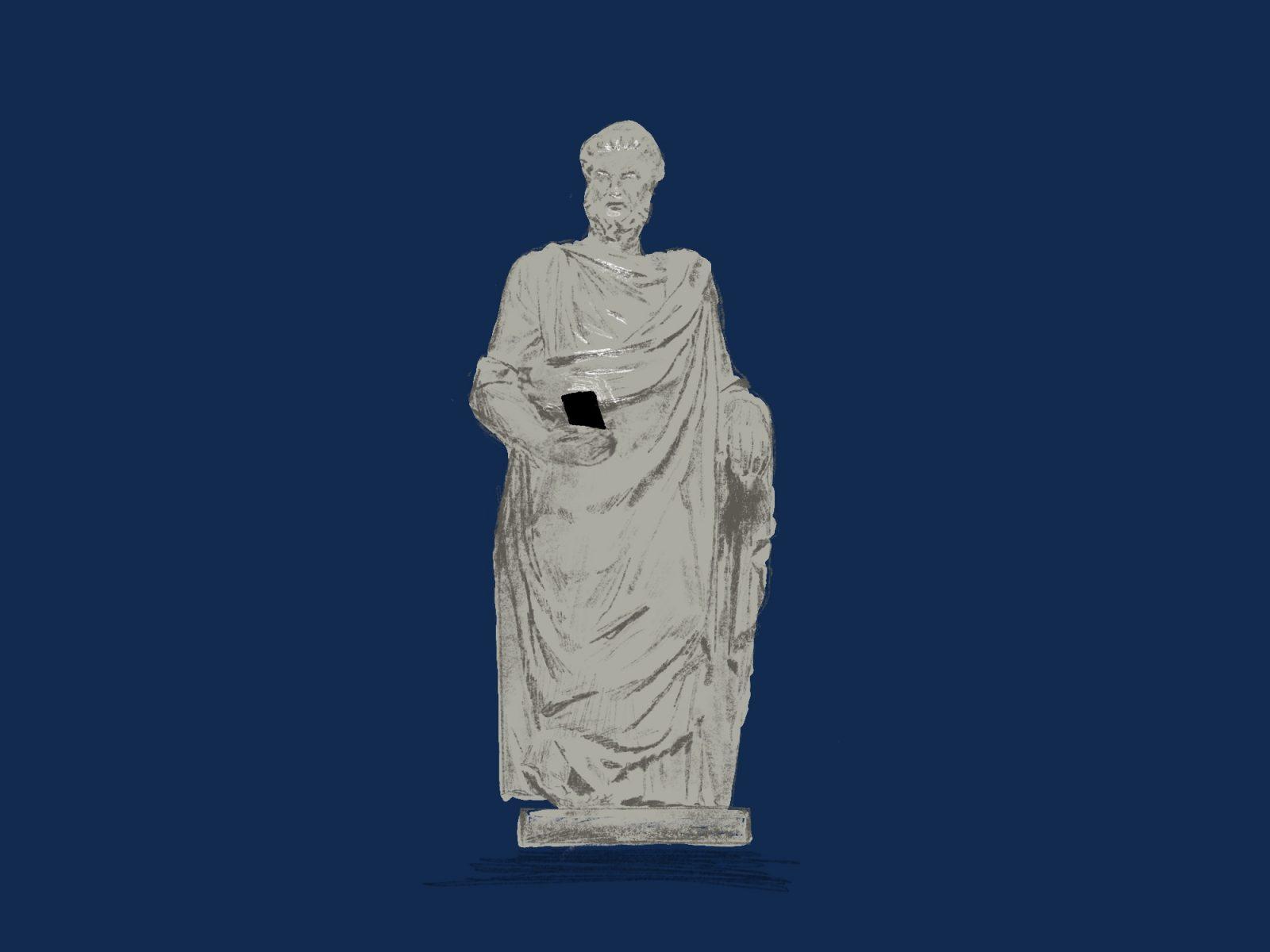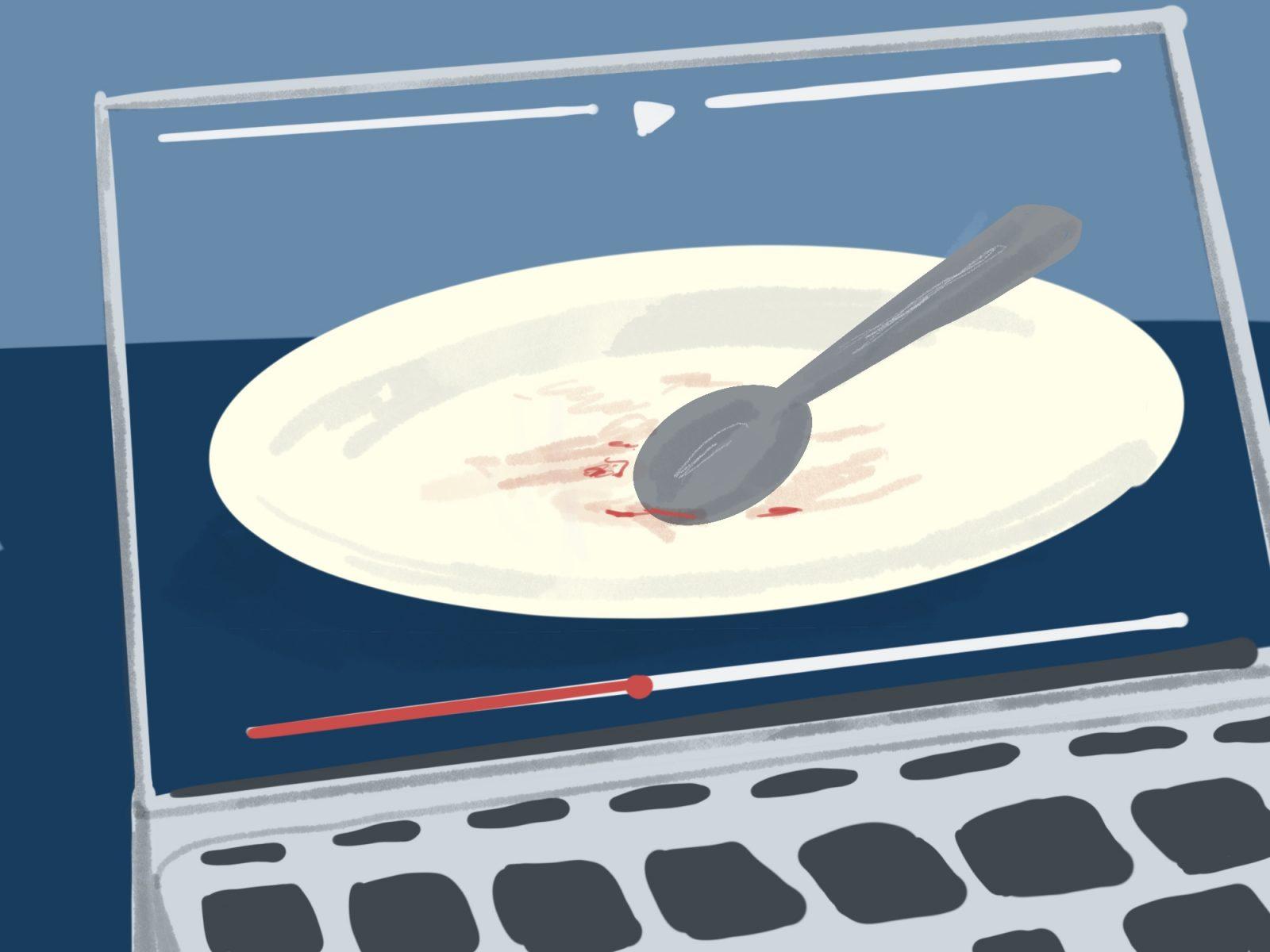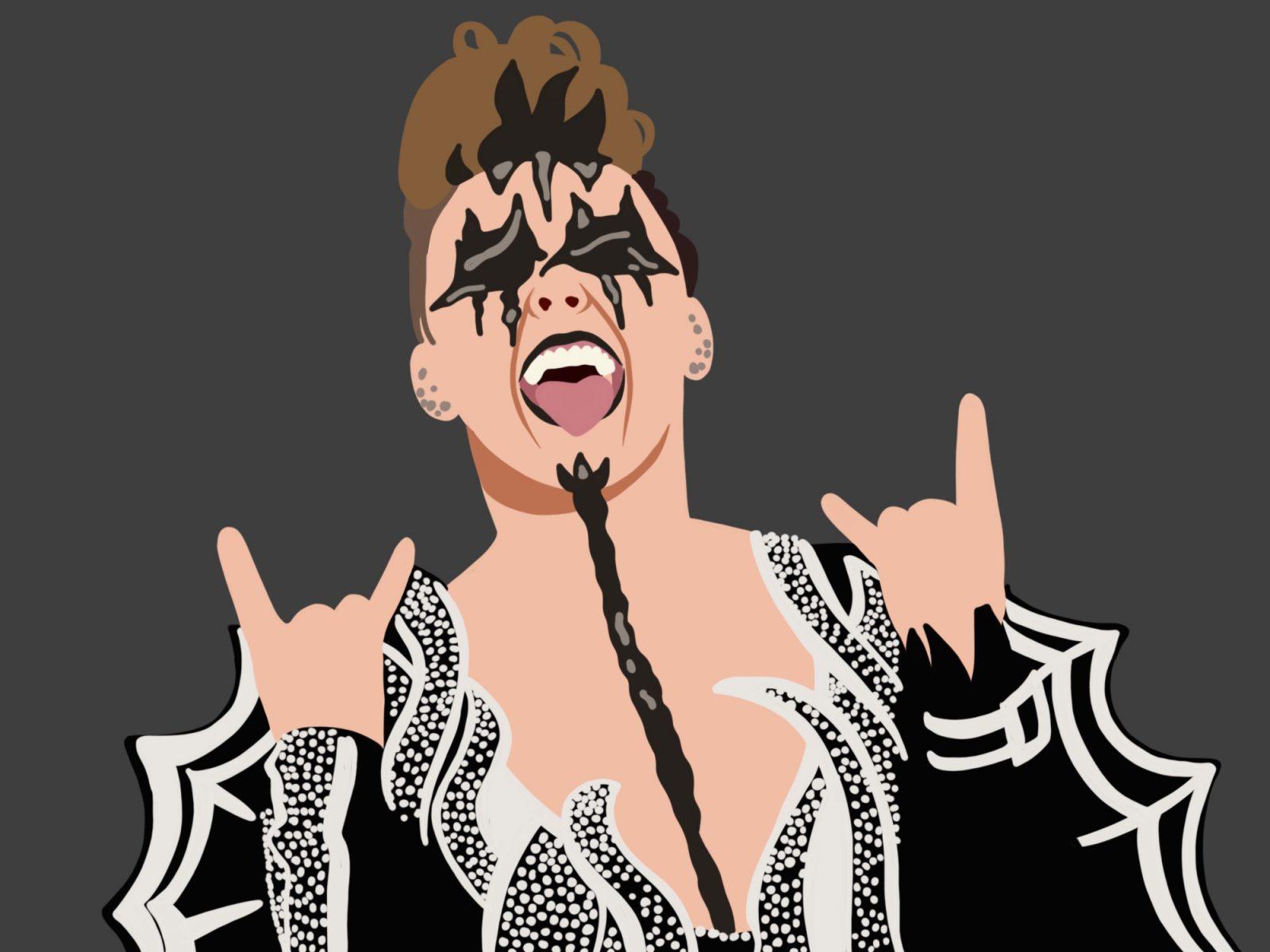The bow is the emblem of girlhood, magnified only in recent months. The innocent and playful staple has made its way into everybody’s social media feeds and shopping carts.
The bow is more than a trend and a symbol, though — its oversaturated resurgence can help us understand the bigger picture of how unsustainable human obsessions have become.
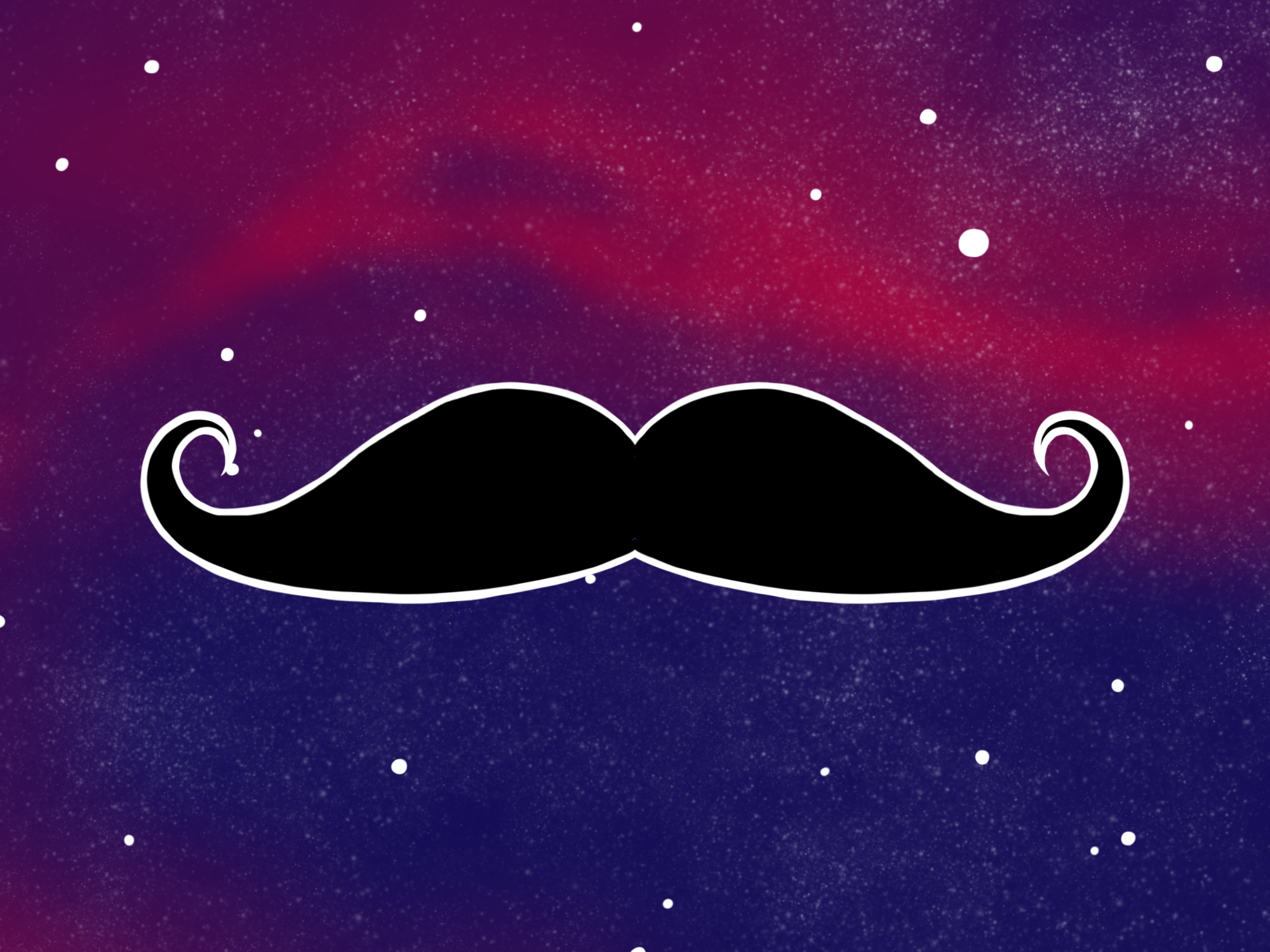
Moderate interests are rarely socially acceptable. The bow, for example, has always been associated with the idea of girlhood, but it was not until its recent rise in popularity that it was associated with the idea of a “cool girl.” This promotion in status is because of its widespread usage.
As an accessory and even an online joke, tying pink bows around pickles and boyfriends to make them girly, the bow has become the new multipurpose symbol to put on every product imaginable and is highly sought after. For perspective, the hashtag “bow” has been used in over 400k posts on TikTok — and that barely represents the full scope.
Five years ago, a 22-year-old girl wearing a bow in her hair would have been looked at differently than the same girl wearing a bow in her hair today. The former outcast is now cultured, fashion-forward and warrants compliments.
Yes, that is just a long-winded explanation of a trend involving a bow, but the bow has more loose ends that deserve greater attention. The bow was already a staple in girlhood, with a shelf life of around 10 years, as with other adolescent fads of headbands or pigtails. Why did we feel the need to commodify this simple adornment? Because we could.
Mustaches, owls, galaxy prints and infinity signs were all precedents for this craze of tied-up ribbons. All of these examples were run into the ground. Now anyone who once owned an item with any of these symbols feels a tinge of embarrassment rather than nostalgia as we have reached the natural limit for just how many mustache products we can produce and consume.
Once the trend reaches an extreme amount, it becomes pervasive and follows a steady decline until we have cleansed it from our systems and can no longer profit from it. Free from the stache, we can now collectively look back in confusion about why it was so intensely a part of online and consumer culture.
This obsessive behavior we have nurtured is our greatest detriment. The logic of the commodification of such symbols can be applied to our overextension of energy in every sense: indulging in screen time, buying what is trending online, hustling in a non-stop work culture, investing in a 26-step skincare routine, binge-watching a TV show or overconsuming natural resources.
This exertion of energy is lured by the corporations or larger entities that profit from our complacency. I do not think indulgence is inherently bad, but when manifested throughout all aspects of modern life, it makes me question what is actually necessary. It almost seems impossible to collectively enjoy something without subsequently exploiting it.
Pink bows and the exploitation of natural resources are seemingly incomparable topics, but the obsessive mentality we adopt when approaching either is comparably unnecessary and a characteristic of personhood.
Humans are not self-contained — we desire more from all facets of life and are not satisfied with the simplicities of individualism. This insatiable desire for more is only relieved once there is no more to take. Once a trend is out of style, our minds are clear, and we can see its imperfections, but in an environment that thrives on conformity, it is difficult to imagine a life without a fleeting emblem.
The bow trend is cute, but its underlying implications for our strong ties to overconsumption are disheartening. Why can’t we just like something for what it is and not make it into every product imaginable or, with that same logic, find any way we can to profit from that resource until it becomes exhausted?
But then again, it’s just a silly little bow — no need to get caught up unraveling the details, right?




















































































































